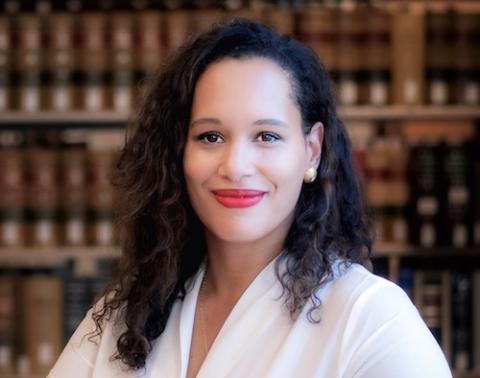Posts

E. Victor Wolfenstein Memorial Lecture “Reckoning with Global Racism” Presented by VC Anna Spain Bradley on March 16
Michael Chwe
Chair and Professor
UCLA Department of Political…

By All MEANS Necessary – New UCLA Report on Hollywood Diversity and Inclusion Practices
September 18, 2019
Diversity initiatives have become their…

Creating an Equitable Workplace for Women
The New York Times recently hosted the New Rules Summit which…

Professional Development through Networking in the Bay Area
By Amado Castillo and Eduardo Solis With over 1,000 organizations…

Is Hollywood Leaving Money on the Table? Key Findings from the Hollywood Diversity Report 2018
The Hollywood Diversity Report 2018 is the fifth in a series…

